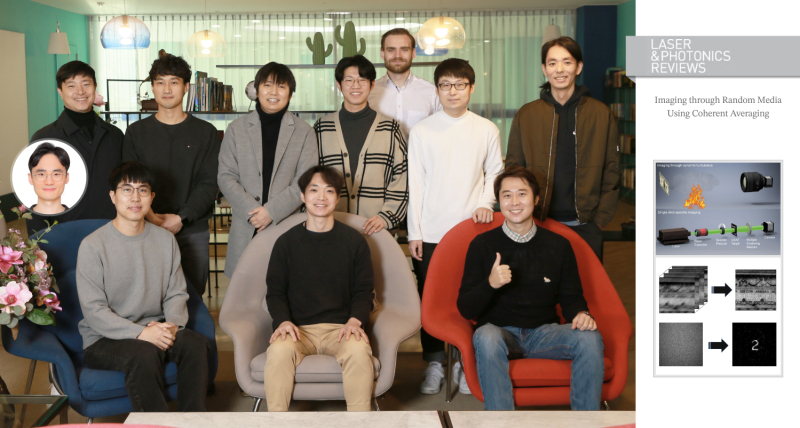A recent study, affiliated with UNIST has introduced an effective method of restoring images distorted by fog. According to the research team, their method can also provide a breakthrough by exploiting the random fluctuations for diffraction-limited image reconstruction through live tissues.
Published in the January 2023 issue of Laser & Photonics Reviews, this breakthrough has been led by Professor Jung-Hoon Park in the Department of Biomedical Engineering at UNIST.
In this study, the research team demonstrated a new method for phase retrieval using randomly distorted images simply by exploiting the Fourier phase information that is recovered by using the shift-and-add method which has previously never been realized.
Unlike previous approaches in iterative phase retrieval, which require assumptions about the object beforehand, such as non-negativity and constraints on the extension area of the object, the new method is fast with almost no excess computational load and does not require pre-assumed constraints or initial guesses. It is also drawing attention as a technology that will acquire high-quality images for autonomous vehicles or high-resolution images inside biological tissues.

Figure 1. Experimental setup. Two separate setups were used to demonstrate our method in (1) imaging through dynamic turbulence generated by fire and (2) single shot speckle imaging through multiple scattering.
Various phenomena in everyday life can be obscured by various factors, such as haze, fog, and wind. This reduction in viewing distance creates restrictions on behavior, especially as a risk factor for driving. Therefore, image distortion must be overcome to implement safe autonomous driving regardless of weather.
Adaptive optics (AO), which corrects image distortion, is already being used in the astronomical space field. It corrects the starlight distorted by the atmosphere to observe the universe clearly. However, this technology requires expensive professional equipment such as wavefront measuring devices and wavefront controllers, making it difficult to use it to overcome image distortion in daily life.

Figure 2. Imaging through turbulence. a) An example acquired image. b) Simple ensemble averaging of acquired images. c) Conventional shift-and-add ensemble averaging. d) Our proposed method. Insets in (c) and (d) show the recovered Fourier amplitude compared with the diffraction limit outlined in yellow dotted lines. Scale bars: 60 camera pixels, corresponding to 498 µm at the object plane.
In this study, the research team demonstrated a new phase retrieval method for imaging through random media. Although methods to recover the Fourier amplitude through random distortions are well established, recovery of the Fourier phase has been a more difficult problem and is still a very active and important research area.
It has been shown that by simply ensemble averaging shift-corrected images, the Fourier phase of an object obscured by random distortions can be accurately retrieved up to the diffraction limit. According to the research team, the method is simple, fast, does not have any optimization parameters, and does not require prior knowledge or assumptions about the sample. Furthremore, the feasibility and robustness of the method were demonstrated by realizing all computational diffraction-limited imaging through atmospheric turbulence as well as imaging through multiple scattering media.
Their findings have been published in the January 2023 issue of Laser & Photonics Reviews.
Journal Reference
Byungjae Hwang, Taeseong Woo, Cheolwoo Ahn, Jung-Hoon Park, “Imaging through Random Media Using Coherent Averaging,” Laser Photon Rev., (2023).












